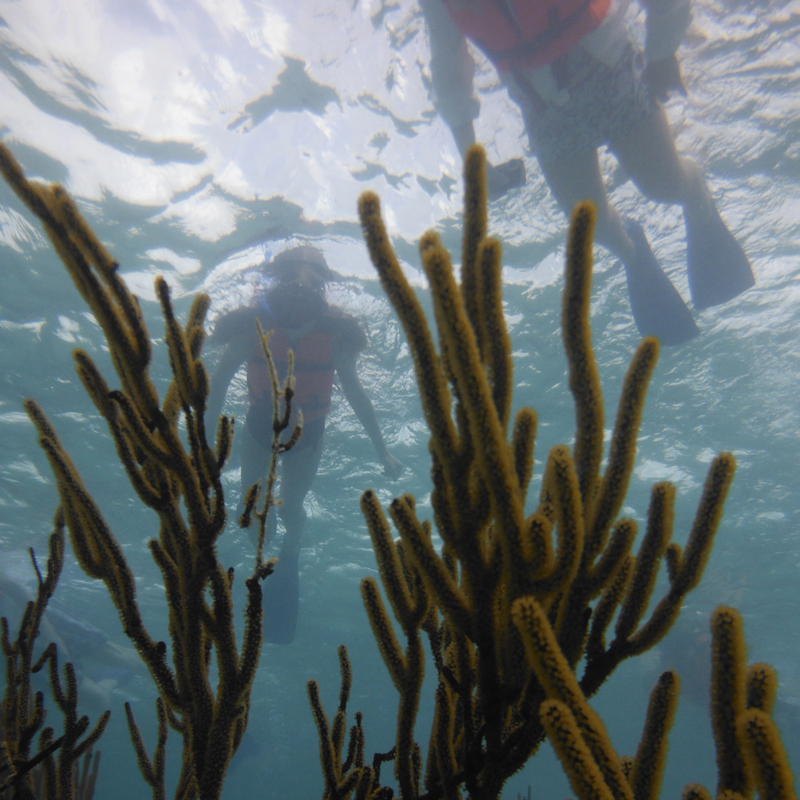Using data collected in part by citizen scientists, research offers new insights into the behavior and migration patterns of an elusive species—the whale shark.
Reaching an average of 32 feet in length and weighing 20,000 pounds, whale sharks (Rhincodon typus) are the largest fish species alive today. Despite the fact they can be found in tropical waters all around the world, there’s still a lot science does not know about them.
To help better understand their behavior and life cycle, scientists from ECOCEAN, the Mote Marine Laboratory & Aquarium, Georgia Aquarium, and more than two dozen other marine organizations around the world have collaborated on a long-term study of the sharks with the help of regular people.
 Photo by Israel Gonzalez
Photo by Israel Gonzalez
Using an online database known as Wildbook for Whale Sharks, ecotourists and others who come upon these sharks in the wild can submit their own photos, videos, and observations. Over the past 22 years, almost 30,000 encounters with 6,000 individual sharks have been documented. Using this data, researchers compared the spot patterns, scars, and other identifying marks with those of known or tagged sharks to form a clearer picture of how these sharks survive and how to better help conservation efforts.
As a result of their research, the study identified 20 whale shark “hotspots”—locations where the fish are seen most frequently. The hotspots included locations off the coasts of Australia, Madagascar, Belize, and Mexico's Yucatán and Baja Peninsulas, among others. The study also provided researchers with more complete data about things like size, sex ratio, and site fidelity.
 Photo by Israel Gonzalez
Photo by Israel Gonzalez
If you happen to see a whale shark on one of your next adventures, here’s how you can help:
- Record your notes with detailed information about the shark(s) you observed, including date, location, and depth.
- If possible, take photos or video footage of the shark, including any identifying marks or scars and the spot pattern behind the gills on the left or right side.
- Visit whaleshark.org and click “Report an Encounter” to upload your photos/videos and other data.
Originally published March 2018; updated August 2021.












